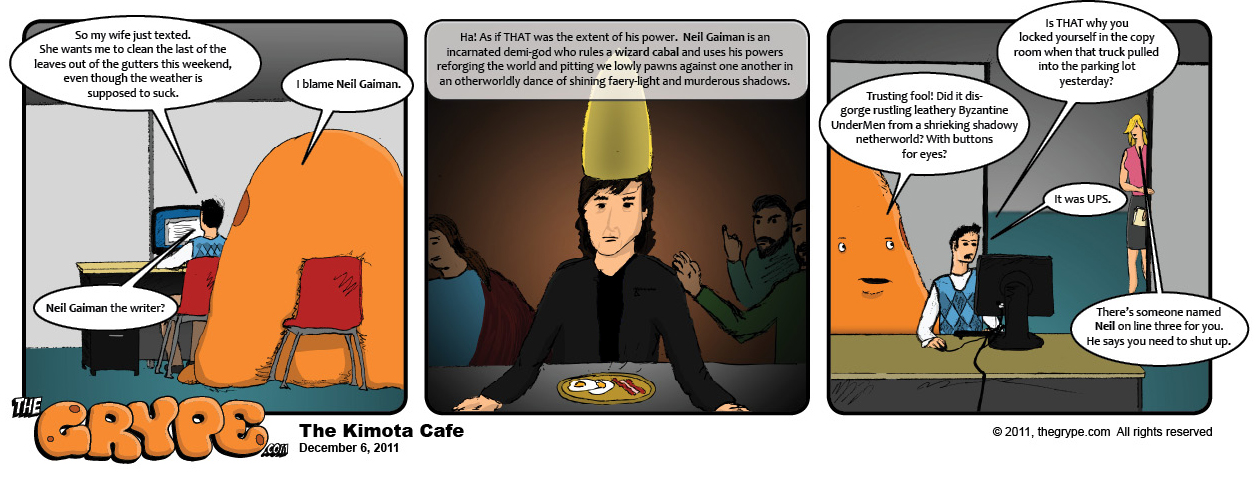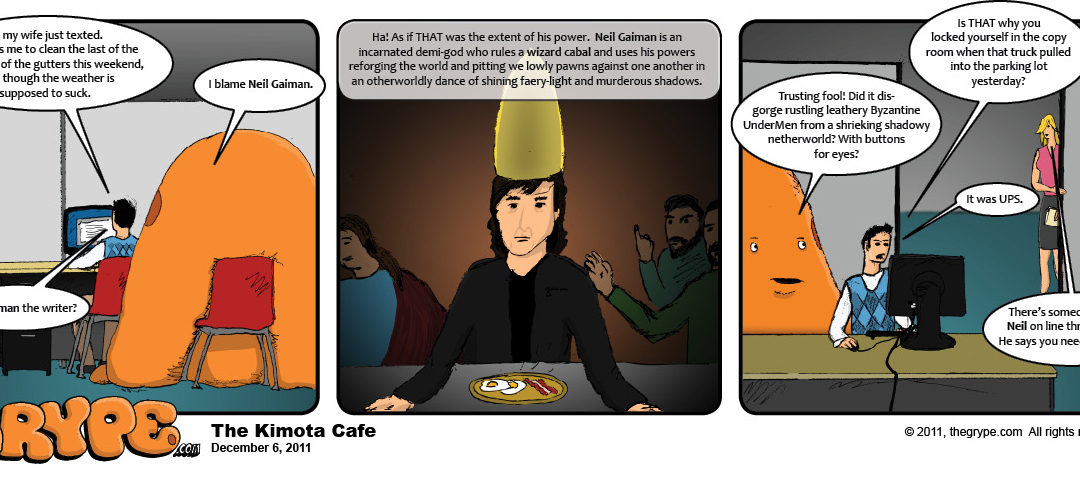 I’ve attended my share of business seminars, but the most weirdly-fascinating have been conventions devoted to the business side of some creative art form— publishing, film, or other creative media. In those cases the business folk (“the suits”) and the artists themselves tended to sub-divide into separate camps, neither of which really trusted the other. I concede that art can be a business; but I think business itself is more of a “craft” than an art form. Maybe that’s why, in artistic businesses, “the money” never really understands “the talent,” and vice versa.
I’ve attended my share of business seminars, but the most weirdly-fascinating have been conventions devoted to the business side of some creative art form— publishing, film, or other creative media. In those cases the business folk (“the suits”) and the artists themselves tended to sub-divide into separate camps, neither of which really trusted the other. I concede that art can be a business; but I think business itself is more of a “craft” than an art form. Maybe that’s why, in artistic businesses, “the money” never really understands “the talent,” and vice versa.
Artists aren’t typically adept at business… the ideal personality type required to run a successful business doesn’t exhibit traits common to the “artistic” personality. Jung singled out “the artist” as a specific personality type. So does Myers-Briggs, astrology, and even the forgotten pseudoscience Phrenology (in which distinguishing patterns of head-bumps betray “The Dreamer” type). And for whatever reason, the business mindset and the artistic mindset— though not mutually exclusive— seem often at odds.
Much rests upon one’s personal definition of what constitutes “art.” Therein lies the rub. The business world would pigeonhole “art” into the role of an exchangeable commodity, subject to monetary valuation according to market demand. Except such a narrow definition excludes a VAST amount of artistic material and artistic behavioral expression that defies any monetary valuation.
A broader definition of art would be “anything that inspires an emotional response from those who experience it.” But that definition is TOO broad; the act of stubbing one’s toe on the corner of a marble coffee table, though capable of inspiring emotion, probably shouldn’t really qualify as art.
My personal definition is “any creative work or action rendered or performed in a fixed medium or designated area that engenders an internally-reflective, emotionally-resonant experiential response among those who encounter it.” Not perfect; but at least it includes the magnificent works of performance art being sculpted out of nothing in city parks and on street corners around the world; it encompasses the incredible feats of monumental skill demonstrated by my burlesque and circus friends; and it hints at how an impoverished but exquisitely-talented child with a tin cup and a discarded pencil might take undisputed command of a street corner and hold it against all comers… merely by the power of his rhythmic art.
When one experiences art, one knows it. It sends a tingle through the body like an internal static electric charge, whether one sits alone in an empty room reading it from the written page, or is surrounded by it on all sides in a massive, crowd-packed ampitheater.
The lottery that bestows artistic genius favors neither the rich nor those of any preferred heritage. Third and fourth generation nepotism is alive and well in the business side of the arts— in certain quarters you’d be hard-pressed to find a successful artist or performer who isn’t related to someone powerful from the monied elite— but true artistic genius still manages to thumb its nose at such practices more often than you’d think. Much to the dismay of those soulless gray men clad in what Richard Bach called “failure suits”— who would peddle dreams, were it possible, like drugs.
The best art—the purest art— is often free. Business cannot bind it or tag it for sale. Rare and fleeting it may be— like ball lightning— yet still VERY real. And it isn’t often captured and bottled for mass consumption. Not the real thing, anyway.
Legions of dead-eyed corporate bag men may strive to barter and trade art as if it were a commodity— but there’s nothing “common” about it. In order to truly understand and appreciate a true work of art, one first must experience it; it must change you, and alter your point of view. And such a change in attitude is, in some sense, a tiny miracle unto itself.

